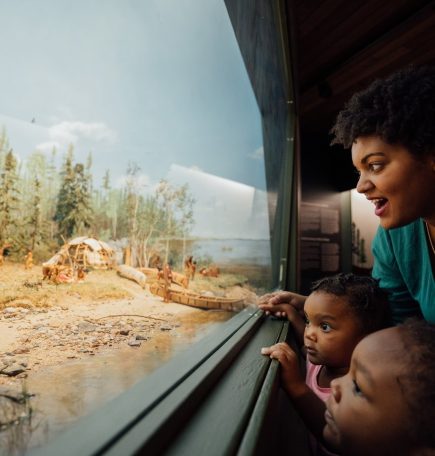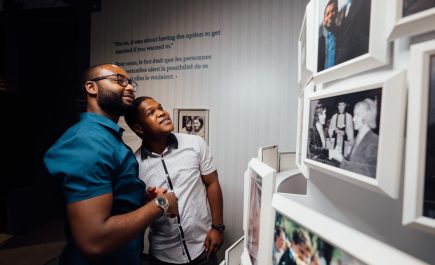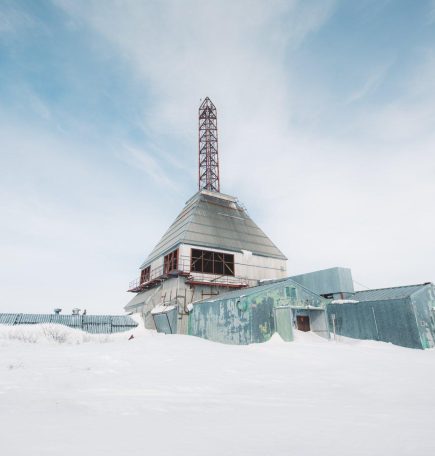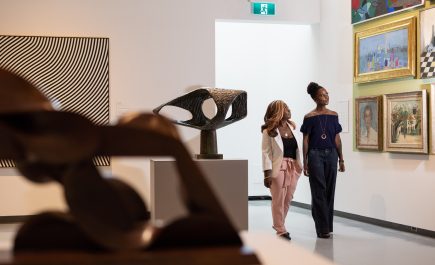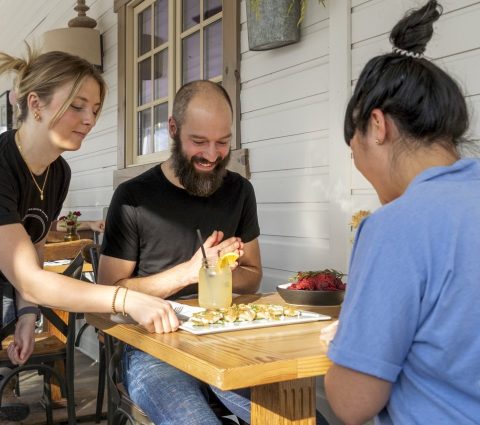- Things To Do
- Events
- Food & Drink
-
Places To Go
- Winnipeg
- Churchill
- Eastern Region
- Central Region
- Interlake Region
- Parkland Region
- Western Region
- Manitoba North
- Must-See Destinations
-
Itineraries
- Island Getaway on the Prairies
- Wheat City Wanderings in Brandon
- Escape to the water and the wild
- St. Boniface Winter: Passion and History
- Follow the path to a story in Neepawa
- Unleash your inner Viking this winter
- Explore Clear Lake this winter like never before
- Breathe in the Whiteshell this winter
- Go North for a boreal forest escape
- Treaty Areas
- Where To Stay
- Trip Essentials
- #ExploreMB Blog
Navigation Options
- FREN
- Things To Do
- Events
- Food & Drink
-
Places To Go
- Winnipeg
- Churchill
- Eastern Region
- Central Region
- Interlake Region
- Parkland Region
- Western Region
- Manitoba North
- Must-See Destinations
-
Itineraries
- Island Getaway on the Prairies
- Wheat City Wanderings in Brandon
- Escape to the water and the wild
- St. Boniface Winter: Passion and History
- Follow the path to a story in Neepawa
- Unleash your inner Viking this winter
- Explore Clear Lake this winter like never before
- Breathe in the Whiteshell this winter
- Go North for a boreal forest escape
- Treaty Areas
- Where To Stay
- Trip Essentials
- #ExploreMB Blog
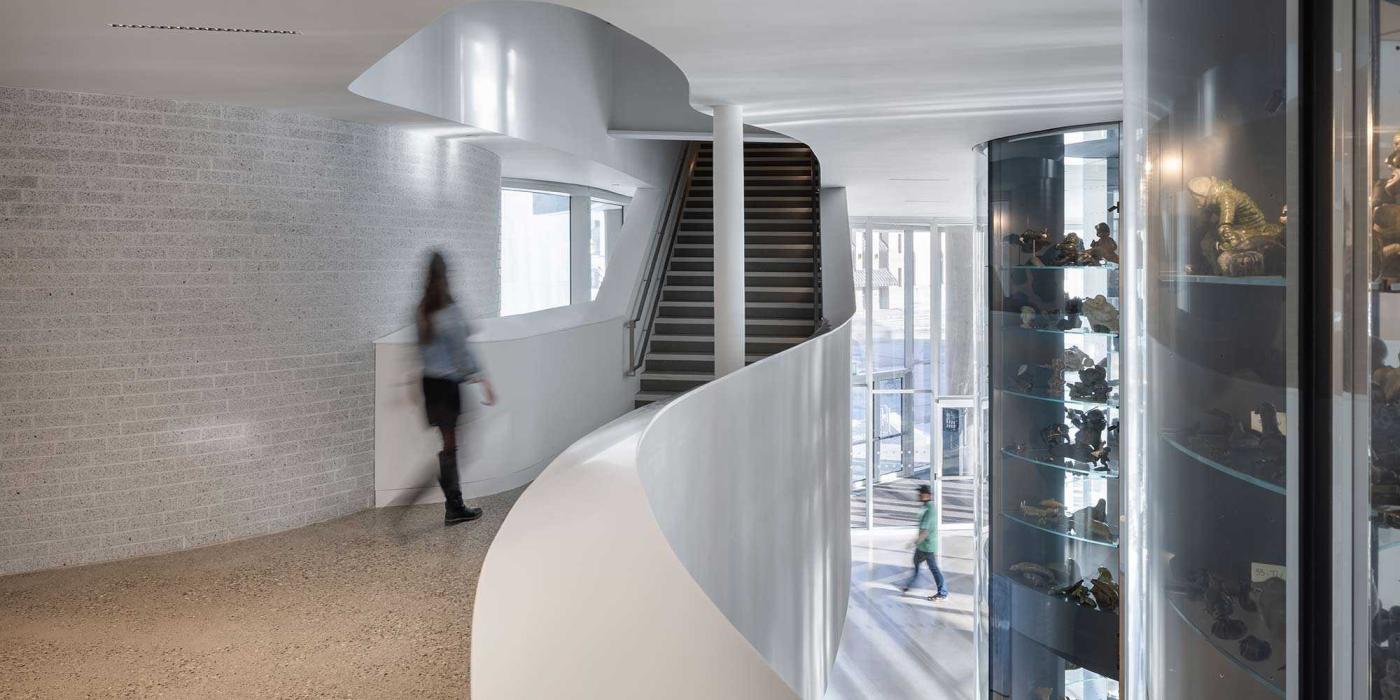
Arts, Culture & History
Cultural richness that draws you in
Qaumajuq Inuit Art Centre | Treaty 1
A sacred site for Indigenous teaching and learning. A restored pioneer farmhouse. An exhibit that prompts you to imagine a better world. A piece of music that touches your heart.
If you want a deep dive into Manitoba’s history, visit a museum – we have over 200 of them! Indigenous, and Francophone experiences are central to Manitoba’s story and resilient Manitobans are renowned for creating amazing art and dazzling, high quality performances. Discover who Manitobans really are when you experience our arts, culture and history.
Immersive History
Indigenous culture isn’t just a part of Manitoba’s past, it is a part of nearly every experience found in the province. Outdoor adventures follow the ancient paths of Manitoba’s original inhabitants, while cultural events highlight vibrant traditions.
More Info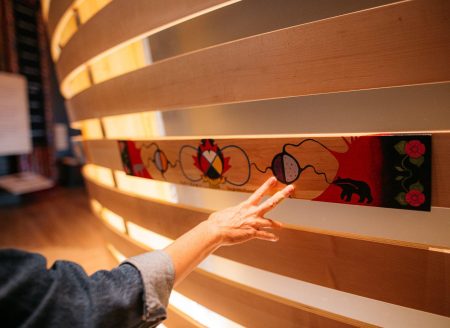
Here are some can't-miss stops in Winnipeg that cover the breadth of Manitoba's history, culture and community you won't want to miss.
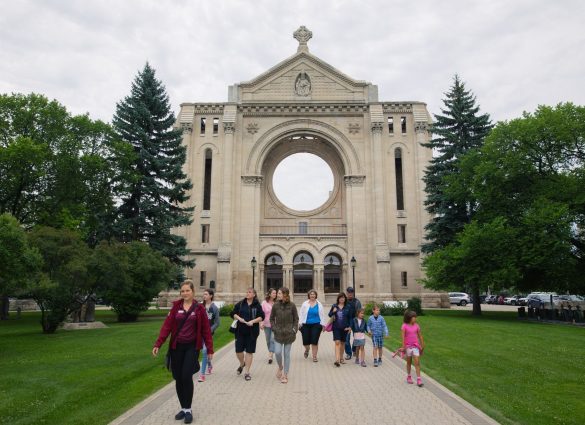
French Heritage
Winnipeg has a few intriguing surprises up its sleeve and a walking tour is the perfect way to make a few discoveries, while seeing the city in a whole new light.
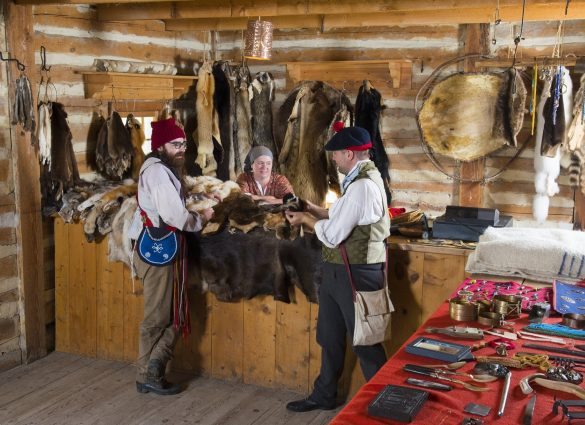
Manitoba’s French connection dates back over 200 years. The hardy, hardworking fur traders – known as voyageurs – made lasting relationships with Indigenous peoples and important contributions to the province’s history.
More Info